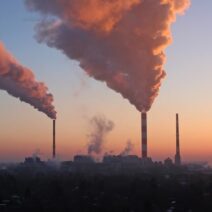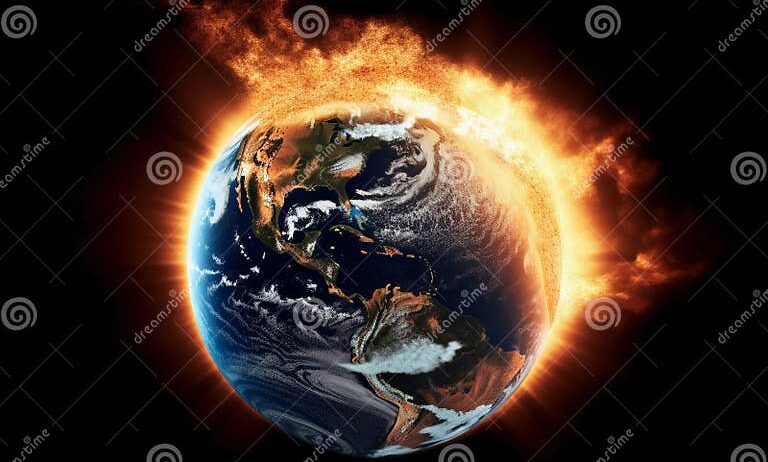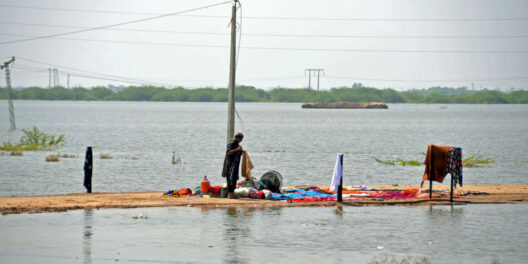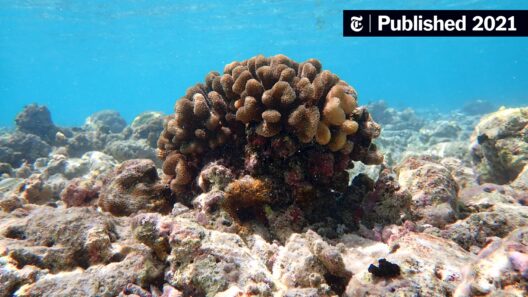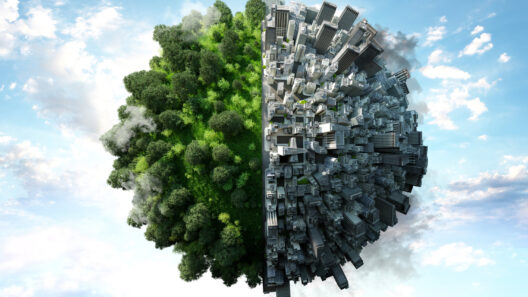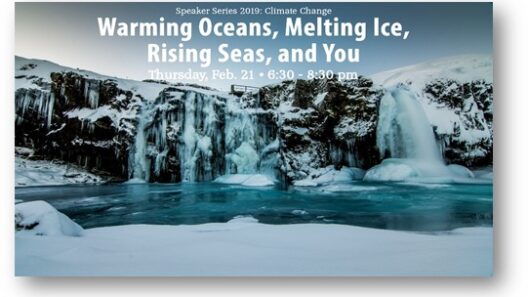In recent decades, the phenomenon of global warming has emerged as one of the most pressing issues facing humanity. The planet’s temperature has steadily increased, with significant implications for ecosystems, weather patterns, and human well-being. Yet, amidst this alarm, a pivotal question remains: Are humans solely responsible for the planet heating up? To fully grasp this intricate situation, it is essential to investigate the myriad factors contributing to climate change and the nuances of this catastrophic trend.
The discussion surrounding global warming predominantly revolves around the emissions of greenhouse gases (GHGs) like carbon dioxide (CO2), methane (CH4), and nitrous oxide (N2O). Human activities—ranging from fossil fuel combustion to deforestation—are significant contributors to these emissions. The Intergovernmental Panel on Climate Change (IPCC) has presented a plethora of evidence linking GHG emissions to human intervention, asserting that anthropogenic factors have contributed to approximately 1.1°C of warming since the late 19th century. This assertion often leads to a prevailing narrative: humans are the primary architects of today’s climate crisis.
However, attributing global warming solely to human actions neglects the multifaceted nature of climate dynamics. The Earth is subject to natural climatic variations, driven by intricate mechanisms such as solar radiation fluctuations, volcanic eruptions, and ocean currents. For instance, the Milankovitch cycles—long-term changes in Earth’s orbit and axial tilt—have historically influenced climatic patterns, leading to periods of warming and cooling over millennia. Understanding these natural occurrences allows for a more comprehensive perspective on contemporary climate change.
Yet, human activities have accelerated the natural processes that regulate Earth’s climate. Deforestation, for example, not only releases CO2 stored in trees but also diminishes the planet’s capacity to absorb this greenhouse gas. The indiscriminate burning of fossil fuels contributes to an unprecedented amount of GHG emissions, overshadowing natural carbon sources. This anthropogenic amplification of natural cycles signals a critical shift, warranting grave attention.
Moreover, the interplay between human actions and natural phenomena can create a synergistic effect. Increased atmospheric temperatures can lead to heightened evaporation rates, which in turn intensify precipitation and storm activity. This cascade of events underscores that while humans may have initiated the changes, the resultant climatic shifts are exacerbated by natural processes. A proper evaluation of climate change must, therefore, consider both human and natural contributors in tandem.
It is also paramount to explore the socio-economic paradigms that have shaped our relationship with the environment. Industrialization, rapid urbanization, and the relentless pursuit of economic growth have entangled humanity in a web of unsustainable practices. The insistence on fossil fuels as the cornerstone of modern economies has yielded short-term benefits while incurring long-term environmental costs. Societies have often prioritized immediate gain over sustainable practices, leading to a cycle of overconsumption and environmental degradation. Thus, the materialistic ethos prevalent in contemporary society arguably fuels the very mechanisms that contribute to global warming.
Another dimension to consider involves the planetary feedback loops that can catalyze further warming. As global temperatures rise, the Earth’s polar ice caps and glaciers are retreating, diminishing the reflective surface area that helps cool the planet. This creates a positive feedback loop, where less ice leads to increased absorption of solar energy, further raising temperatures. The melting permafrost releases stored methane—a potent GHG—into the atmosphere, ultimately accelerating climate change. In this context, human actions have initiated a series of changes that elicits and amplifies natural processes, thus making it untenable to assert that humans are the sole agents of global warming.
Furthermore, we must contemplate the historical context of climate change. Long before the Industrial Revolution, the planet underwent fluctuations in climate that resulted from both natural and anthropogenic factors. Indigenous cultures, for instance, have long recognized the importance of ecological stewardship and sustainability. Various civilizations have thrived and perished, directly influenced by climatic conditions. The current climate crisis is thus a testament not only to recent human endeavors but also to an extended narrative of interaction between civilization and climate.
What, then, is the pathway forward when faced with this complex interplay of human initiative and natural cycles? The acknowledgement of shared responsibility offers a new framework towards potential solutions. Rather than reducing the climate dialogue to a binary explanation of “humans versus nature,” the discourse should hone in on harmonious cohabitation with the environment. Understanding the depth of this multifaceted issue compels a collective effort combining scientific innovation, policy reform, and community engagement to mitigate the worst impacts of climate change.
In light of these myriad contributing factors, it becomes evident that the question is not whether humans alone are responsible for global warming, but how human actions have intertwined with natural processes, creating an urgent imperative for transformative change. The dialogue ought to shift from blame to collaborative innovation, tackling both the anthropogenic and natural elements of climate change. The fate of our planet hinges on this broader understanding—one that challenges us to embrace a more sustainable and holistic approach to coexistence with the Earth.
As we venture into a future marked by cumulative challenges and possibilities, it is imperative that we remain vigilant and committed to fostering deeper awareness and proactive engagement in the battle against global warming. Through informed discourse and responsible stewardship, humanity can reestablish its place alongside the natural world, ensuring a legacy of resilience for generations to come.


